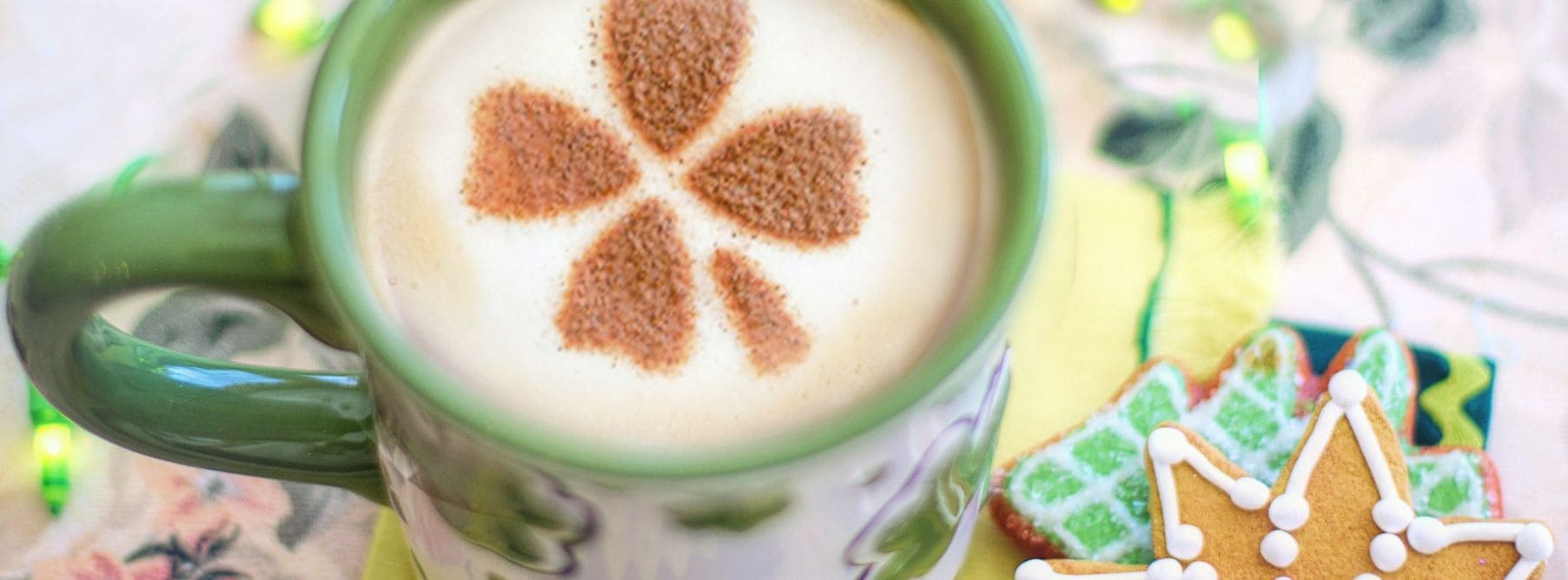



The True Meaning Behind St. Patrick’s Day
St. Patrick’s Day is a favorite holiday for many to celebrate across the world, regardless of their heritage and culture. It’s marked by green beers, corned beef and cabbage, leprechauns, green, shamrocks, and pinching… but what does the holiday actually mean? Many people wander through the day wishing others a happy St. Patrick’s Day, but have you ever stopped to think about why? In this article, we’ll give you everything you need to know about the true meaning behind St. Patrick’s Day.
What is St. Patrick’s Day?
St. Patrick’s Day is a religious holiday that’s held annually to honor Saint Patrick. It’s been celebrated since around the ninth or 10th century, but it hasn’t always been what it is today. Traditionally, the saying happy St. Patrick’s Day was exchanged over a feast. During this time—although the holiday usually falls during Christian Lent—the prohibitions against eating meat were waived. During the celebrations, people would dance together, drink, and feast. Most often, the meal of choice was the traditional pairing of bacon and cabbage, but today many people eat corned beef and cabbage (which is actually an American innovation).
Who Was St. Patrick?
Saint Patrick is considered the patron saint of Ireland (although he wasn’t even Irish!). He lived during the fifth century and was the national apostle for the country. However, Saint Patrick’s story didn’t start out so happily. He was actually a Roman who was born in Britain and had no intentions to leave. Sadly, at 16, he was kidnapped, sold, and transported to Ireland to work and live as a slave.
At some point during his enslavement, Saint Patrick escaped and fled back to Britain. Years later, he returned to Ireland as a free man and brought Christianity with him. Legend has it that he used a shamrock to explain the Holy Trinity, which may have been one of the reasons for his lasting impact on Irish citizens and the country's cultural development.
Why Do People Say Happy St. Patrick’s Day?
The way that people celebrate today is much different from past traditions, but wishing someone a happy St. Patrick’s Day is always welcome. It’s a way to honor Irish culture, their history, and the struggles they’ve overcome. Regardless of where you are in the world, try wishing someone a happy St. Patrick’s Day this year. To help you communicate in various languages, download Tandem today. Tandem is a unique learning app with hundreds of languages available—including Irish!

When is St. Patrick’s Day?
St. Patrick’s Day is celebrated each year on March 17th. This date was chosen to honor the death of Saint Patrick (March 17, 461), and has been the same since its origins. One fun fact is that although leprechauns are often associated with St. Patrick’s Day, they actually have their own holiday on May 13th!
How St. Patrick’s Day Celebrations Changed Over Time
Today, many people celebrate St. Patrick’s Day by drinking green beer and hanging out with their friends in pubs, but this wasn’t always the case. As mentioned, this is a long-standing religious holiday held in honor of Saint Patrick. It was originally marked by a feast. As time marched on, parades began to enter the tradition as well. However, the first St. Patrick’s Day parade wasn’t even in Ireland—it was in present day Florida on March 17, 1601.
Irish soldiers serving overseas also started to march on St. Patrick’s Day in the early 1770s, and this enthusiasm for “parades” began to grow even bigger across the United States. Unfortunately, these celebrations were first reported negatively by the media, who published cartoons that portrayed Irish immigrants as drunk and disorderly—one of the origins of this stereotype.
However, parades were only held as a way to honor Irish patriotism amongst immigrants in America. They were a positive way for Irish Americans to unite and show their strength as a culture. Eventually, many smaller parades combined to form the official St. Patrick’s Day Parade in popular cities like New York, Boston, and Chicago.
With that being said, one of the biggest misconceptions about St. Patrick’s Day is associated with getting drunk. Although the original feasts included a few drinks here and there, it wasn’t until the 1970s that Irish laws allowed pubs to be open on March 17th… It is a religious holiday after all. In more recent years, Ireland has shifted its views as a way to drive tourism to the country.
St. Patrick’s Day Celebrations Around the World
The U.S. isn’t the only place that adopted the tradition of wishing others a happy St. Patrick’s Day—although North America does remain home to the largest productions for celebration. Australia, Singapore, Japan, and even Russia take place in St. Patrick’s Day celebrations—complete with serving up traditional Irish food. In fact, you can probably find some St. Patrick’s Day celebrations in most countries across the world on March 17th.
How to Say Happy St. Patrick’s Day in Irish
If you really want to stand out this year, you can learn how to say happy St. Patrick’s Day in Irish: “Lá Fhéile Pádraig sona duit!” The literal translation is “Happy St. Patrick’s Day to you” and it’s pronounced like “lah Fay-leh PAH-drig SUN-uh ghit.” You can also say, “Beannachtaí na Fhéile Pádraig ort,” which translates to “Blessings of Patrick’s Feasts on You.” It’s pronounced like “Byan-okht-ee nah Fay-leh Paw-rik ort.”
If you want to learn more about St. Patrick’s Day by speaking with someone rich in Irish culture, Tandem is a great place to connect and practice your native Irish! All you need to do is download the app, match with a native speaker of your preferred language, and start talking! Who knows, you may even have a new friend to celebrate St. Patrick’s Day with!


